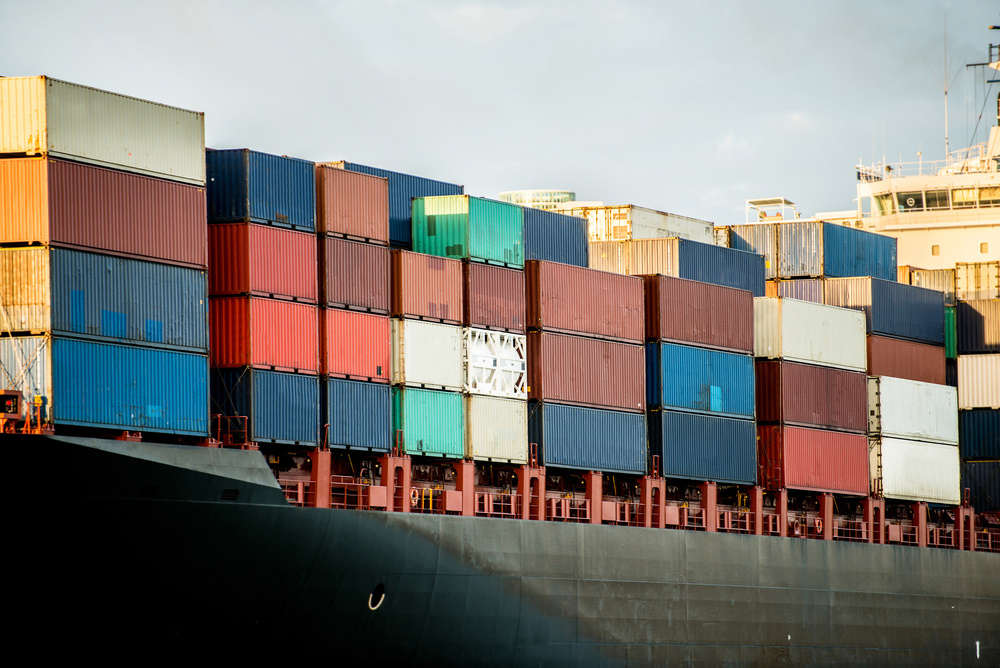President Trump announced a 25% tariff on all steel and aluminum imports into the United States, broadening trade restrictions on key trading partners such as Canada and Mexico.
“Essentially, we’re putting on a 25% tariff, without exception, on all aluminum and all steel, and it’s going to mean a lot of businesses are going to be opening in the United States,” Trump said Monday.
The new rates will go into effect on March 4, the administration said.
Trump also revealed plans to introduce “reciprocal tariffs” later in the week, targeting nations that impose duties on US goods.
Steel and aluminum tariffs target materials historically tied to national defense and modern infrastructure.
Economic Implications
These tariffs are tacked onto imported steel and aluminum. The move, which includes finished goods, would initially lead to temporary supply constraints and higher prices.
However, US steel and aluminum plants, which have been operating well below capacity, are positioned to scale up production quickly. This should help offset declines in import volumes.
Market Impact
Overall, there would be at least short-term supply disruptions, which would likely lead to higher prices. However, US steel and aluminum plants would bring previously idled manufacturing capacity back online relatively quickly. The sooner this happens, the faster prices will stabilize, although at a higher level.
Context and Broader Trade Strategy
The tariffs aim to boost domestic manufacturing and reduce reliance on imports but could also raise costs for industries dependent on imported steel and aluminum. The importance of these materials to every nation’s security and modern development has made them a frequent target of tariffs.
The global history of steel and aluminum tariffs dates back over 200 years. For this reason, world leaders may understand the full implications of such tariffs, emboldening them to enact them. This may be in contrast to other recently announced, broad-based tariffs, which could have serious unintended or unexpected consequences.
Stay tuned, as this is a developing story.
Construction economy news and insights you can act on.
About ConstructConnect
At ConstructConnect, our software solutions provide the information that construction professionals need to start every project on a solid foundation. For more than 100 years, our keen insights and market intelligence have empowered commercial firms, building product manufacturers, trade contractors, and architects to make data-driven decisions, streamline preconstruction workflows, and maximize their productivity. Our newest offerings—including our comprehensive, AI-assisted software—help our clients find, bid on, and win more projects.
ConstructConnect operates as a business unit of Roper Technologies (Nasdaq: ROP), a constituent of the Nasdaq 100, S&P 500, and Fortune 1000.
For more information, visit constructconnect.com.
